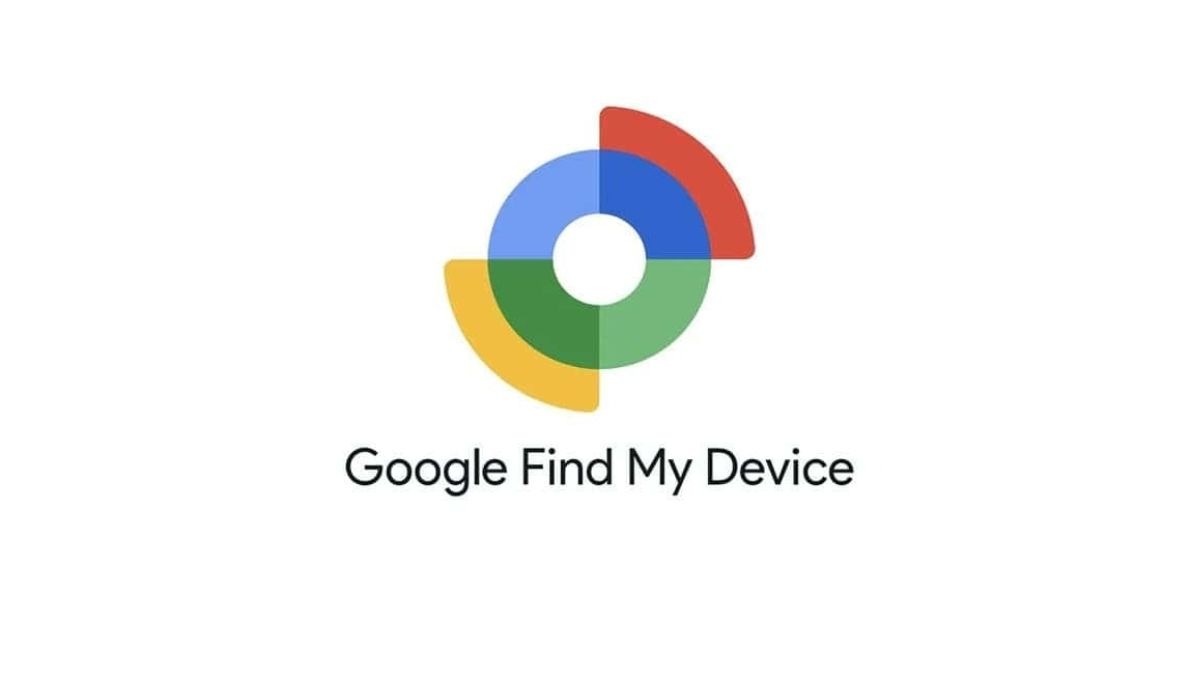 Image Credits - mezha.media
Image Credits - mezha.media
Advertisement
Google is enhancing its Find My Device network with a promising new feature: a “compass” function designed to improve the search for lost devices. The latest update to the Find My Device app for Android, version 3.1.148, suggests that Google is laying the groundwork for advanced tracking capabilities, particularly for UWB (Ultra-Wideband) trackers.
The new “compass” feature is expected to guide users with directional cues such as “Turn left,” “Turn right,” and “The device is behind you.” This functionality appears to be an integral part of a broader update aimed at integrating UWB technology into the Find My Device ecosystem. UWB technology, known for its precise location tracking and communication capabilities, promises to significantly enhance the accuracy of locating lost items.
This addition follows earlier reports of augmented reality (AR) support for Find My Device. The compass feature will likely work in conjunction with AR, offering a more intuitive and user-friendly way to locate devices. While the app currently supports Bluetooth trackers, which offer limited tracking capabilities, the introduction of UWB trackers is expected to provide a more robust and precise solution for finding lost items.
Despite the anticipation, the new functionality is not yet live. Testing with devices such as the Moto Tag indicates that the feature is still in development. However, the inclusion of the compass in the app’s latest version suggests that Google is committed to improving the Find My Device network and its tracking capabilities.
As Google prepares to roll out these enhancements, users can look forward to a more advanced and effective way to find lost devices, leveraging the power of UWB technology and AR.
